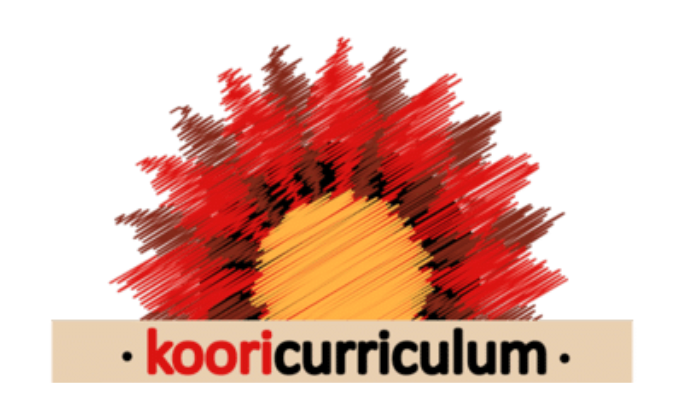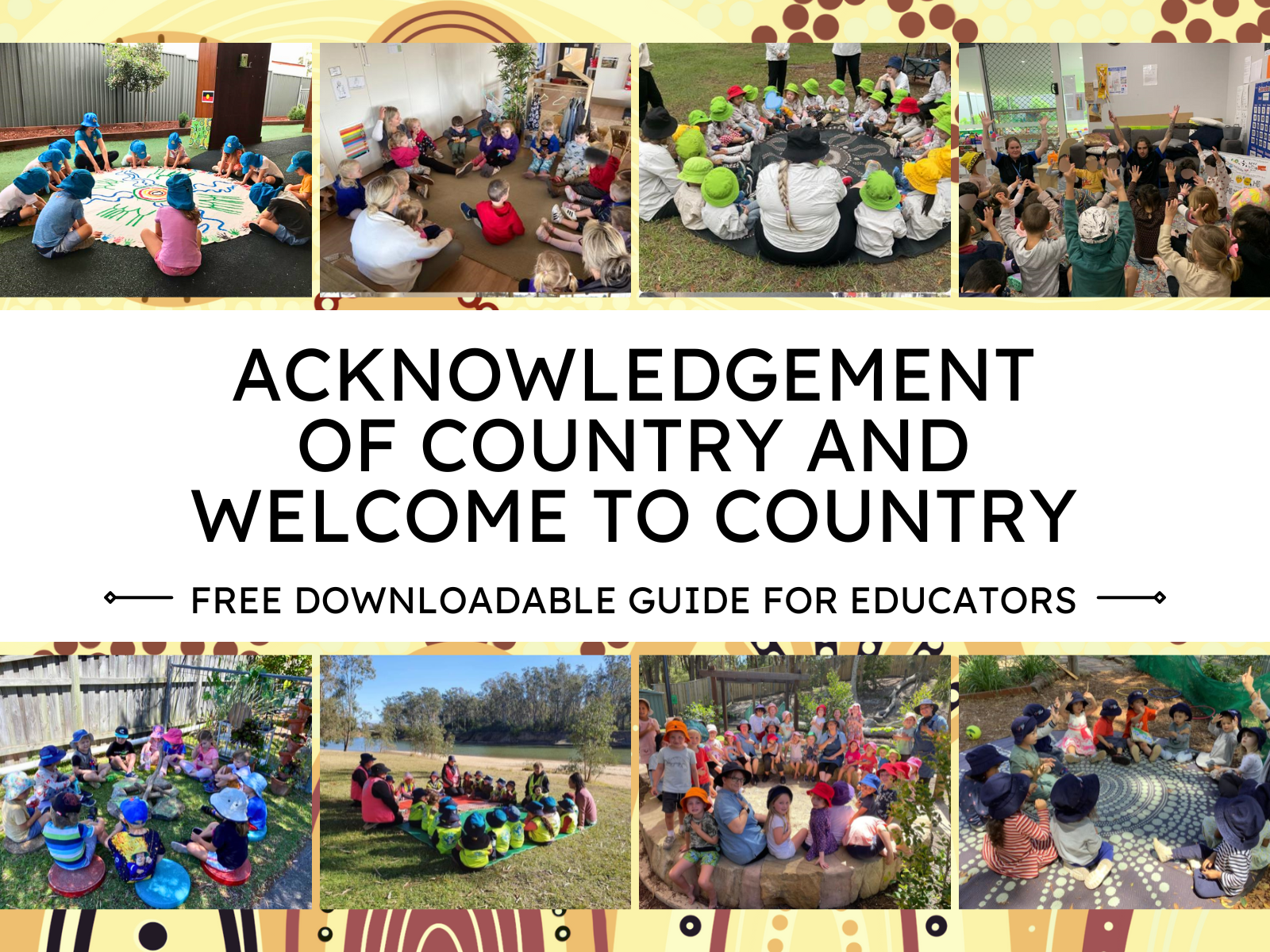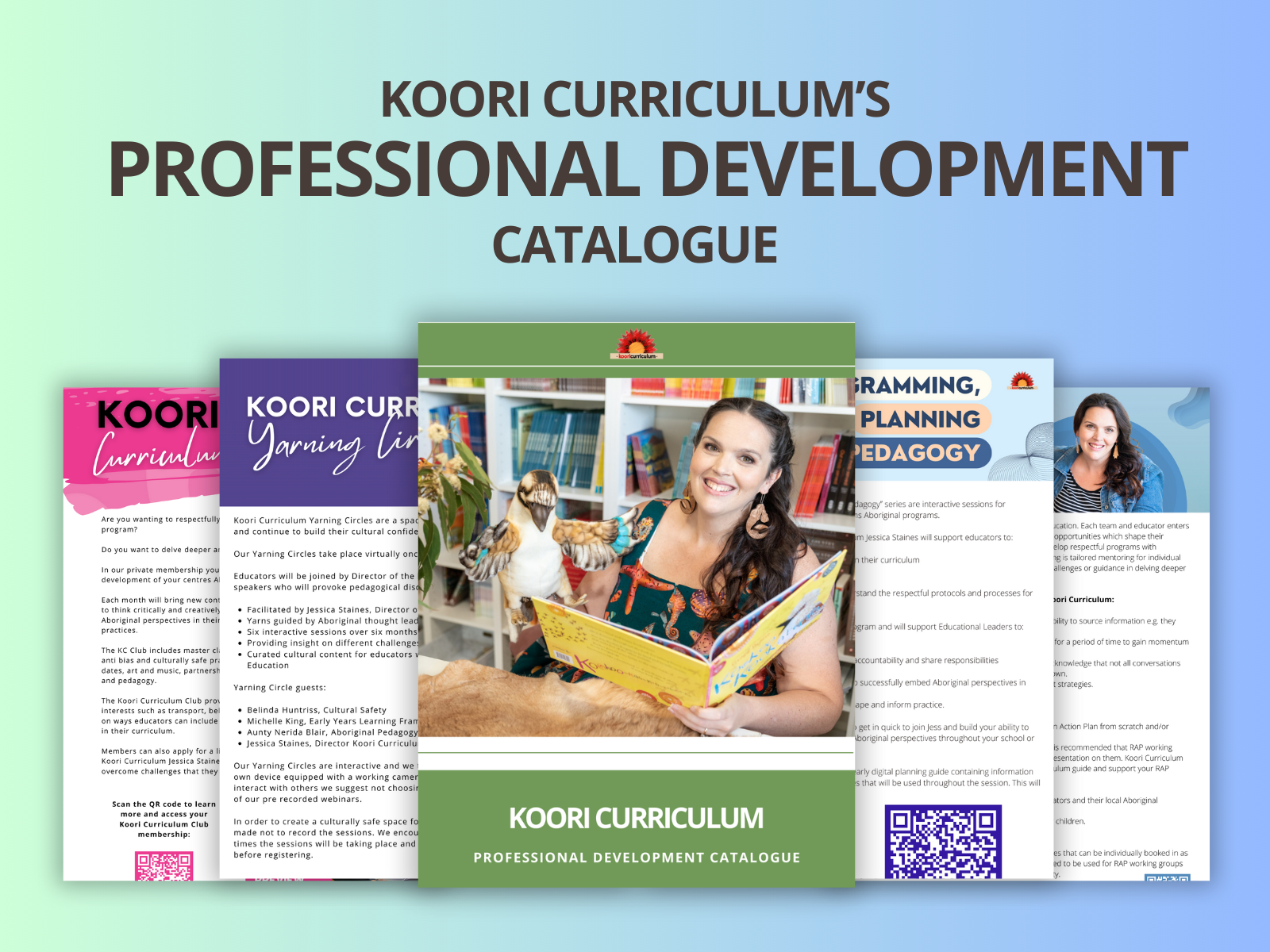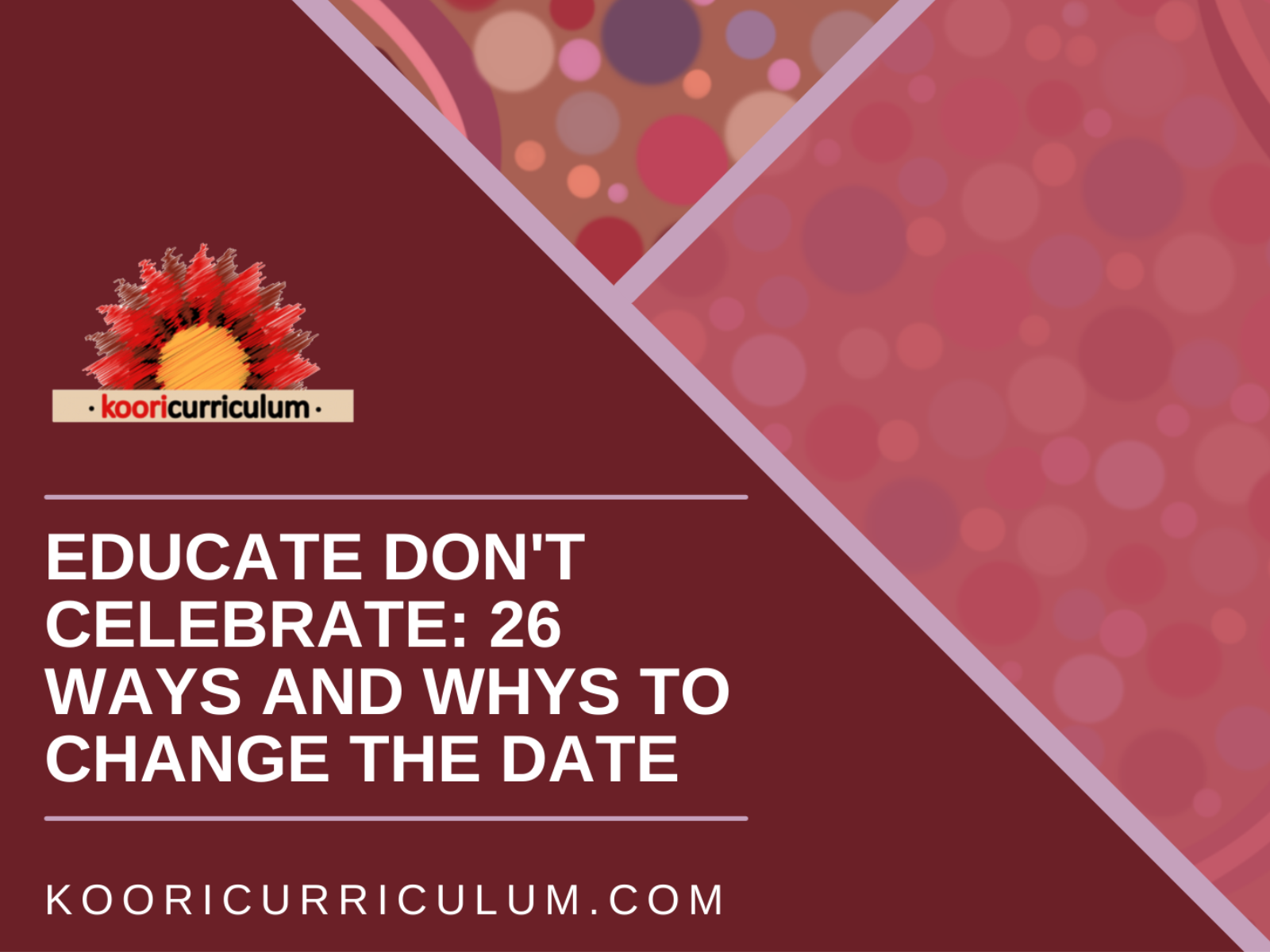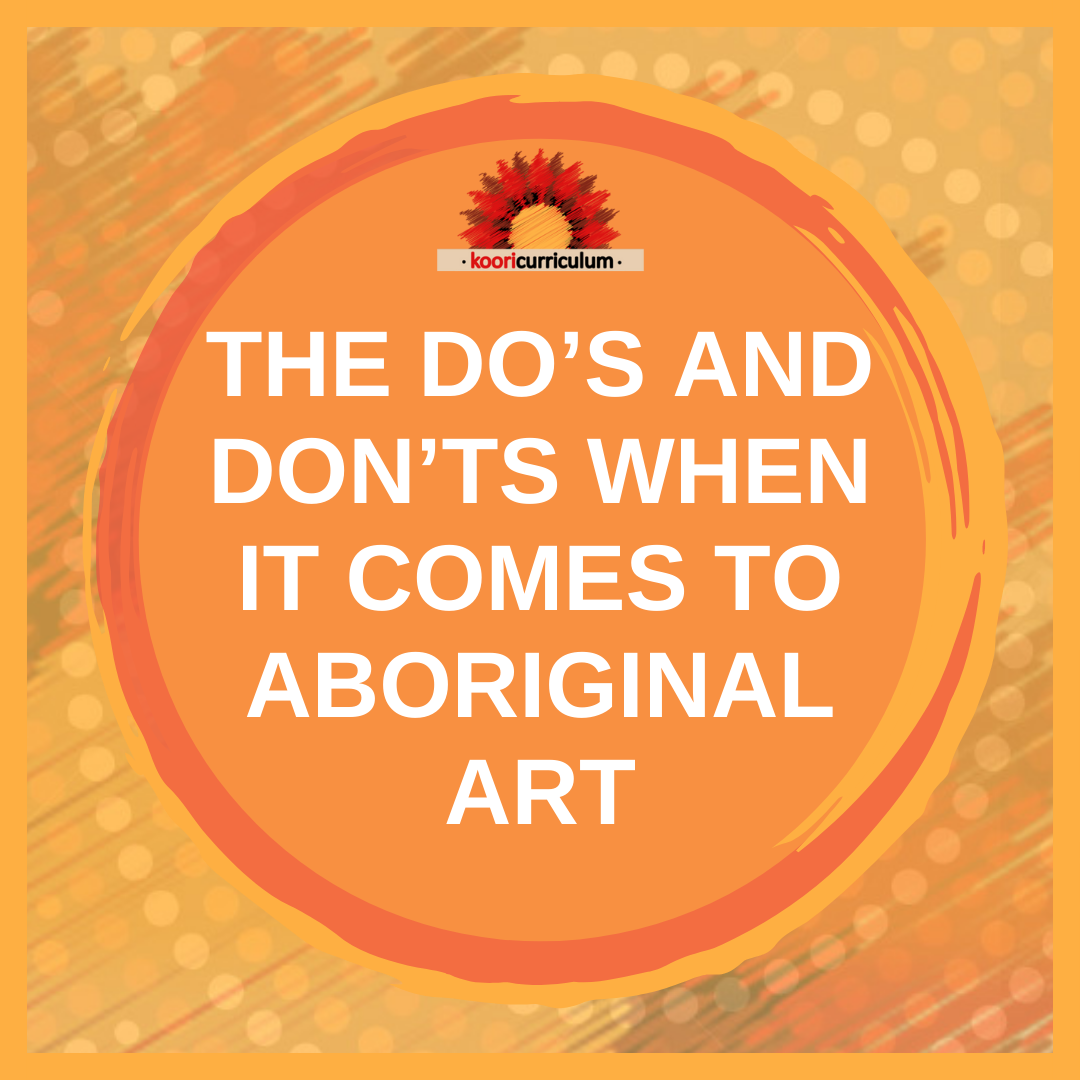
The Do’s and Don’ts when it comes to Aboriginal Art
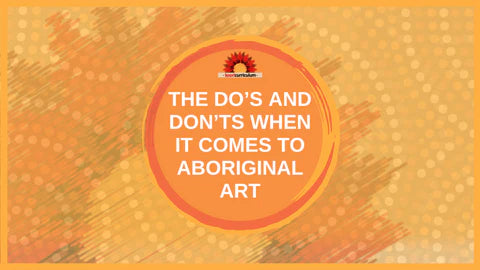
Many early childhood educators experience extreme anxiety when it comes to including Aboriginal perspectives in their program. Additionally, Aboriginal art seems to be a highly controversial subject of which there is lots of conflicting advice.
Below is a list of our recommended do’s and don’ts created to demystify what is acceptable, ethical and respectful.
- Do purchase Aboriginal art where you know the artists name and the story behind the art work.
- Don’t purchase art from companies without understanding if they are Indigenous owned and/or what renumeration looks like for the Aboriginal artist.
- Do purchase art and resources from companies that are registered with supply nation, Indigenous Art Code and/or the Aboriginal art association.
- Don’t buy “Aboriginal art” from “cheap shops” this is more than likely fake.
- Do source art pieces directly from local Aboriginal artists or cultural markets such as the Blak markets.
- Don’t google and print off images of Aboriginal art.
- Do expose children to a wide variety of Aboriginal artists across a range of art styles.
- Don’t teach about Aboriginal art before first understanding the art history, movement or any protocols associated.
- Do engage local Aboriginal artists in your community and create opportunities for artists in residency programs to take place.
- Don’t expect Aboriginal people to work for free
- Do expose and encourage children to take inspiration from Aboriginal art works
- Don’t copy or recreate art pieces.
- Do set aside a budget to procure Aboriginal art ethically.
- Don’t sell Aboriginal “inspired” resources if you are not Indigenous and have not sought permission to do so. Whilst it could be seen as acceptable to make some resources such as Aboriginal symbol stones it is not ok to sell these to your teacher friends. This then becomes fake Aboriginal art. Additionally, it is always best practice to buy resources such as this from Aboriginal artists where possible.
- Do support local artists and learn more about traditional Aboriginal art styles from your area.
- Don’t limit children’s exposure to just local art. We are encouraged to teach about the diversity of Aboriginal peoples and therefore can use art provocations from the broader Australian Indigenous contexts.
- Do always acknowledge the artist and where they are from.
